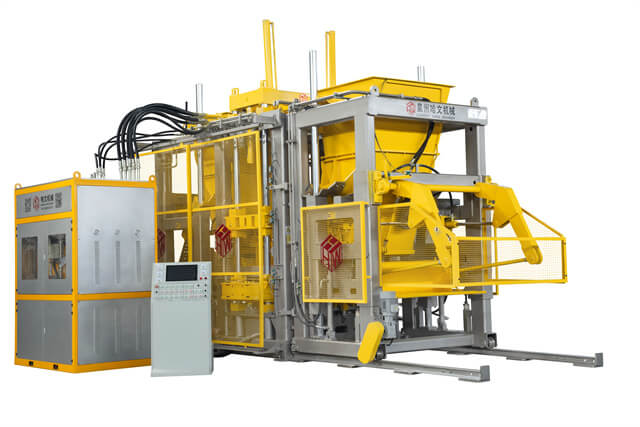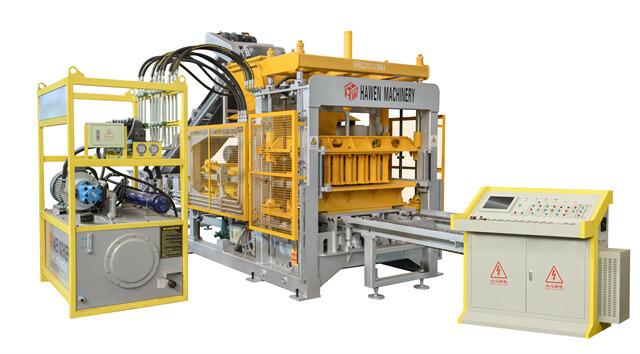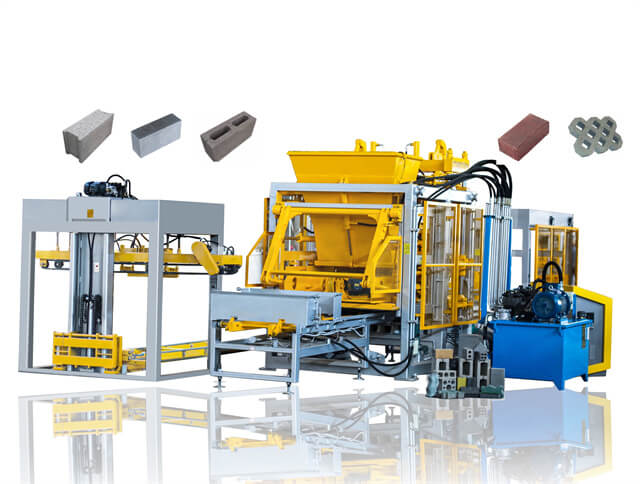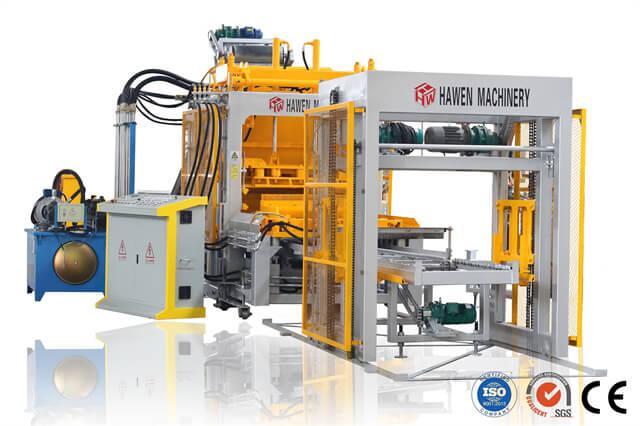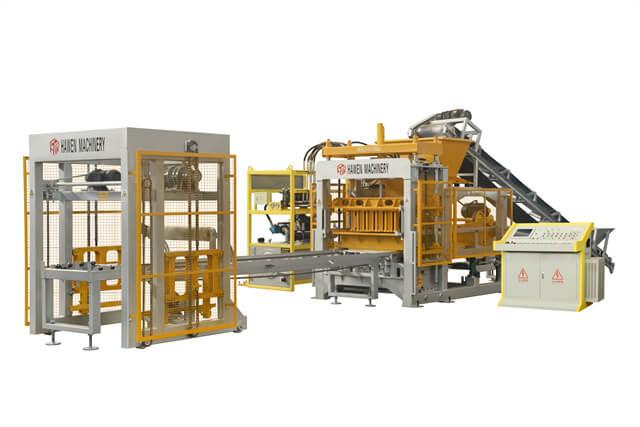Author:HAWEN Block MachineFROM:Brick Production Machine Manufacturer TIME:2024-04-12
Concrete block making machine has been an essential tool in the building industry for many years, providing an efficient and reliable way to produce high-quality concrete blocks. This machine is designed to produce various types of concrete blocks, including solid blocks, hollow blocks, interlocking blocks, and paving blocks. In this article, we will be discussing the main structure and functions of a concrete block making machine in detail.
The main structure of a concrete block making machine consists of several components, including the hopper, mixer, conveyor belt, stacker, and control panel. The hopper is used to store the raw materials such as sand, cement, and water, which are then mixed by the mixer to form the concrete mixture. The conveyor belt is used to transport the concrete mixture to the block-making machine, while the stacker collects and arranges the finished blocks.
A concrete block making machine uses a vibrating system to ensure that the concrete mixture is compacted and evenly distributed in the mold. The vibrating system consists of an eccentric shaft that rotates at high speed, causing the mold to vibrate. This motion ensures that the concrete mixture settles evenly and eliminates any air pockets.
The hydraulic system is responsible for applying pressure to the mold to ensure that the finished blocks are dense and strong. The system consists of a hydraulic pump, motor, and cylinders that work together to apply pressure to the mold during the block-making process. This system is critical to the quality and strength of the finished blocks.
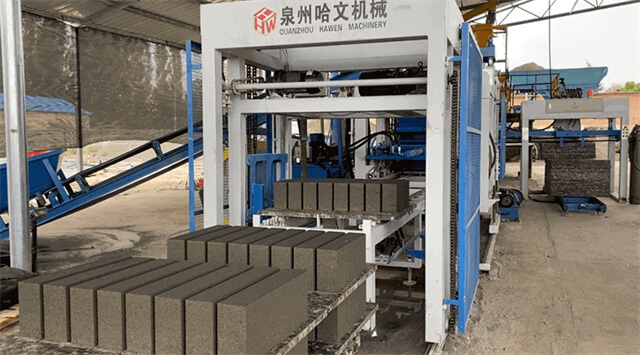
The control panel is an essential component of a concrete block making machine as it allows the operator to control and monitor the entire block-making process. The panel displays all the necessary information, including the speed of the machine, the temperature of the hydraulic oil, and the number of blocks produced. It also has safety features such as an emergency stop button.
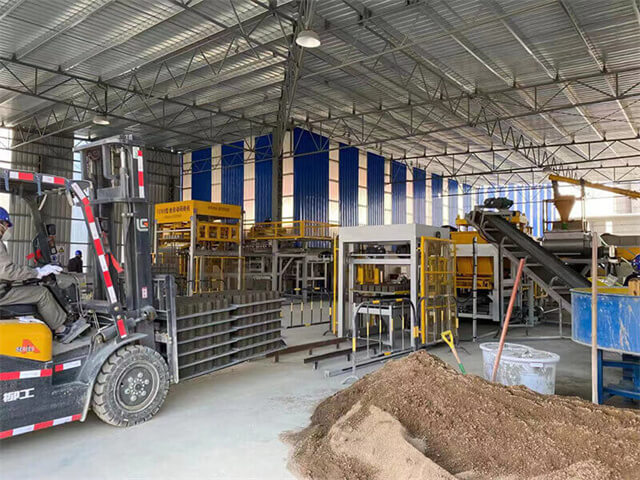
The block-making process begins with the raw materials being loaded into the hopper. The mixer then combines the materials to form the concrete mixture, which is transported by the conveyor belt to the mold. The vibrating system compacts the concrete mixture evenly in the mold, while the hydraulic system applies pressure to create strong and dense blocks. Finally, the stacker collects and arranges the finished blocks for storage or transport.
The use of a concrete block making machine offers several advantages over traditional methods of producing concrete blocks. Firstly, it is more efficient and produces blocks of better quality. Secondly, it reduces labor costs and increases productivity, as the machine can produce a large number of blocks in a short amount of time. Finally, it is environmentally friendly as it produces less waste and consumes less energy than traditional methods.
Maintenance is crucial to ensure that a concrete block making machine operates at peak performance. Regular maintenance includes cleaning the machine, checking the hydraulic oil level, and inspecting the moving parts for wear and tear. It is also important to replace any damaged or worn-out parts as soon as possible.

In conclusion, a concrete block making machine is an essential tool for the building industry. Its main structure includes the hopper, mixer, conveyor belt, stacker, and control panel. The vibrating system and hydraulic system work together to produce high-quality and dense blocks. Using a concrete block making machine offers several advantages over traditional methods, including increased efficiency, productivity, and environmental-friendliness. However, regular maintenance is required to ensure that the machine operates at peak performance.
